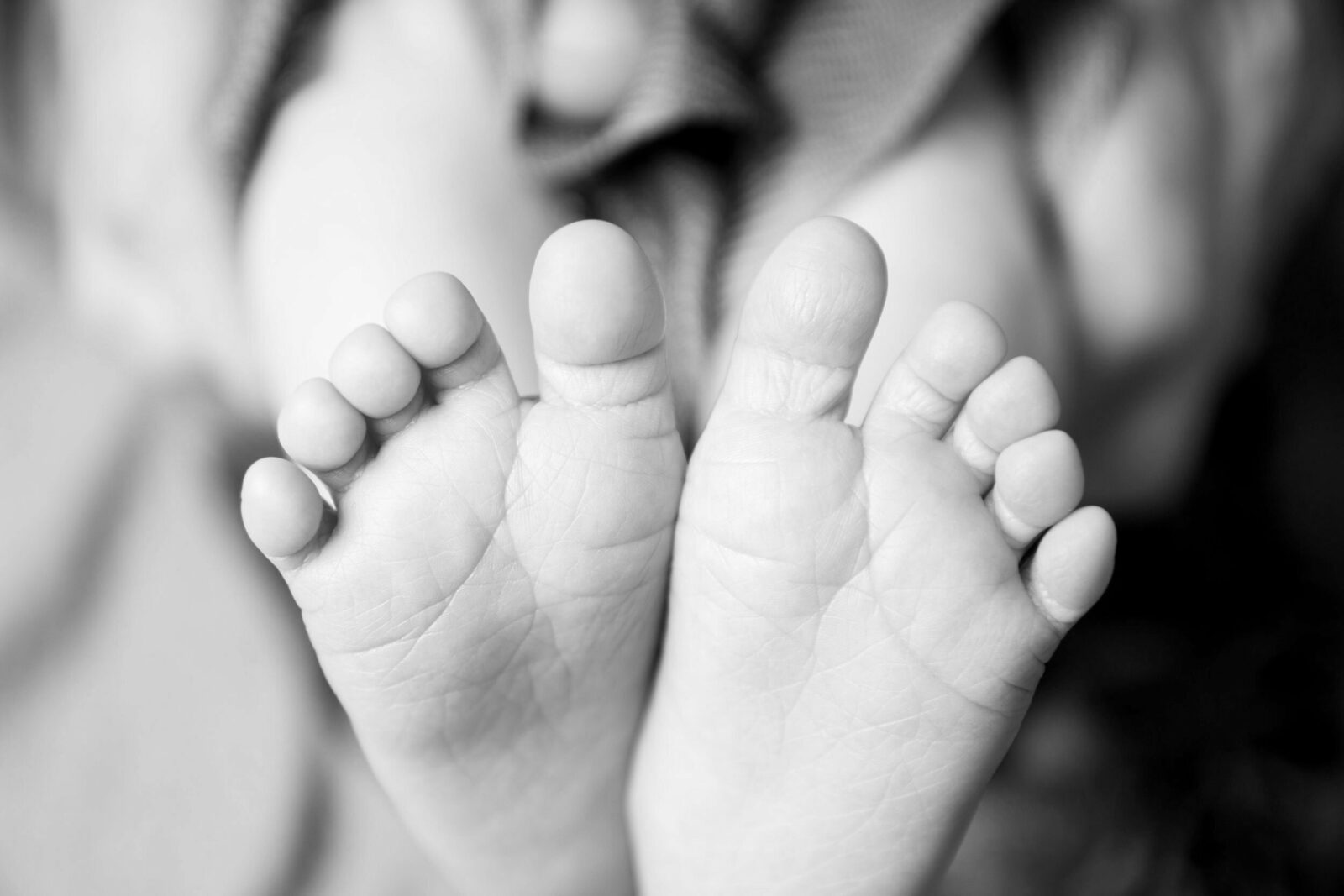COACH JASON HERNANDEZ (Skyline Run Club)
We aren’t born wearing sneakers. Parents often introduce footwear to children early on with the purpose of expressing style, comfort, and safety. We do this without realizing the implications of wearing shoes at such a young age. Shoes can prevent proper foot muscle development, which is crucial for overall foot health. Children should have a limited amount of time wearing sneakers until they are at least 4 years old.
We can continue to improve our foot musculature beyond childhood. Runners spend a considerable amount of time working on other body parts while often neglecting the main source connecting us with the ground: our feet!
A footwork routine is a good addition in any runner’s toolbox. The simplest way to incorporate foot strength is to take our sneakers off and experience the ground without restriction. Without shoes, proper foot strike dramatically improves. It’s important to keep in mind that there are negatives to barefoot running, including a higher risk for Achilles tendon injuries.
As a run club and high school distance coach, I’ve seen my fair share of injuries. In a mildly radical attempt to help my athletes alleviate some of these ailments, I introduced barefoot running. The athletes ran barefoot only for warm-ups and cool-downs, and this small change yielded positive results. After just a few weeks, we saw nagging injuries begin to subside.
Based on this experiment, I recommend adding a warm-up segment that includes some barefoot work. It can go a long way!
DR. ANDREW WARD PT, DPT, CSCS (Custom Performance)
I love running shoes, and a quick glance at my closet might raise some eyebrows. Sneaker design really fascinates me, and I have been excited to see all of the innovation over the last few years. However, as a Physical Therapist working primarily with running athletes, I have seen the ugly side of running shoes as well.
Our feet are incredibly complex. There are 28 bones, 30 joints, numerous muscles, and over 7,000 nerve endings. All of these pieces have a purpose and a function. In an attempt to optimize running performance, shoemakers have added things like 42mm of padding, highly structured arches, carbon fiber plates…. you name it. In individual instances, these advances may improve running economy and performance. The issue comes from when athletes live in these shoes and do all of their miles in a piece of equipment that augments how their feet interact with the ground.
Running shoes alter the foot’s function in a variety of ways. A highly cushioned shoe may reduce the sharp impact of running, but it also limits how much your foot is able to sense and adapt to the ground. Because the foot isn’t receiving this information, the small stabilizing muscles may be underactive while running. We see issues with racing shoes that have plates as well. Plates improve the stiffness and energy return of a shoe, which in turn improves running economy. However, if an athlete trains in a plated shoe, she may not learn how to push off the ground naturally, leading to imbalance and increased injury risk.
Running barefoot all the time isn’t the answer. With that said, it is important that athletes don’t lock their feet inside highly engineered shoes and forget about them. The key is to increase the variety of surfaces and shoes that your feet experience. Spend time barefoot, let your toes wiggle and your feet flex. Rotate your running shoes throughout the week. This will limit the cumulative effect of any one shoe. Additionally, save ‘racing’ shoes for race day and race-specific training.
Don’t forget about your feet! They are an amazing piece of technology.

